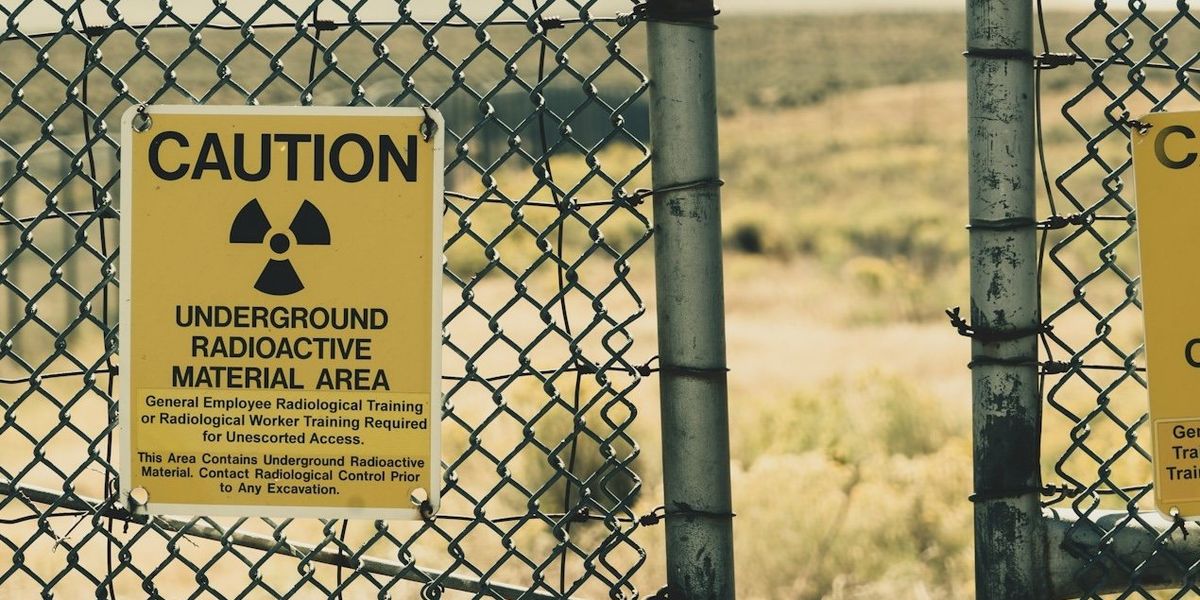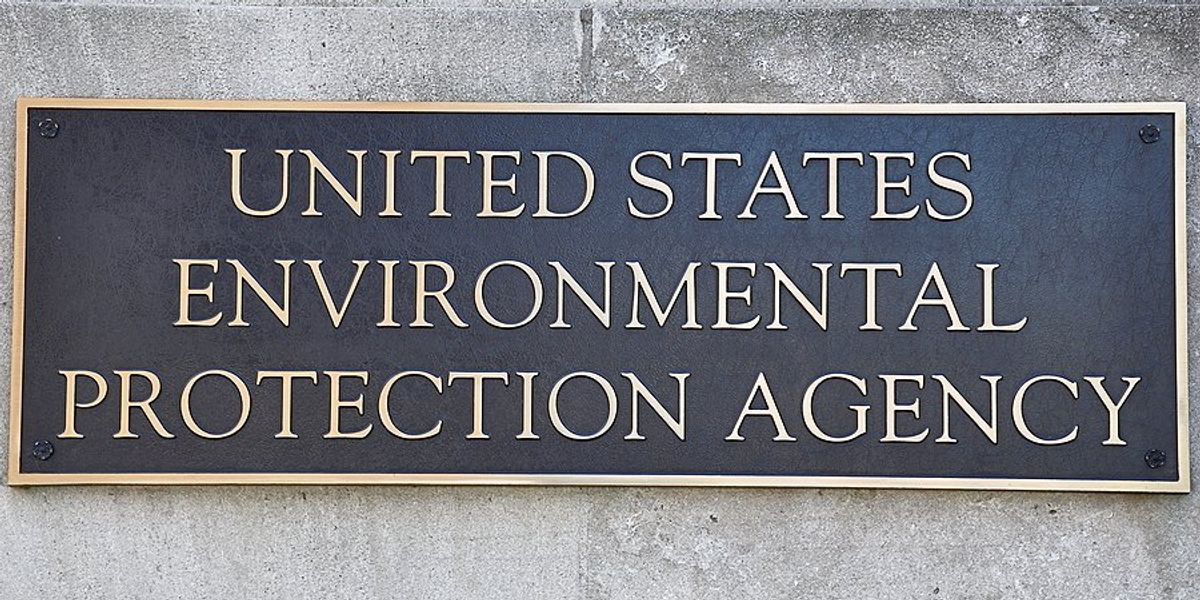
Cuts to federal weather staffing are leaving communities vulnerable to tornadoes
Tornadoes that tore through parts of Missouri, Kentucky, and Virginia this weekend killed dozens, exposing deep vulnerabilities in the nation’s weather alert systems as hurricane season looms.
Juliette Kayyem reports for The Atlantic.
In short:
- Forty-two people died as tornadoes swept across Missouri, Kentucky, and Virginia, highlighting the importance of fast and accurate weather alerts to save lives during rapidly developing disasters.
- The National Weather Service has lost more than 10% of its staff amid budget cuts from the Department of Government Efficiency, leaving 40% of forecasting offices short-staffed and impairing use of vital tools like Doppler radar and weather balloons.
- While some observers credit local efforts for maintaining alert coverage in this storm, experts warn that broader, long-term damage to the alert infrastructure may be felt as hurricane season approaches.
Why this matters:
As climate patterns shift, the frequency and severity of extreme weather events are increasing, from hurricanes to fast-moving tornado outbreaks. Accurate, timely forecasts can be the difference between life and death, especially when storms strike with little warning. The National Weather Service and the National Oceanic and Atmospheric Administration form the backbone of the nation’s severe weather alert system, but proposed budget reductions threaten this safety net. These cuts come at a dangerous time, as climate volatility accelerates and populations grow in vulnerable areas like the Midwest and Southeast.
Related: Trump’s government cuts disrupt NOAA forecasts and data collection













